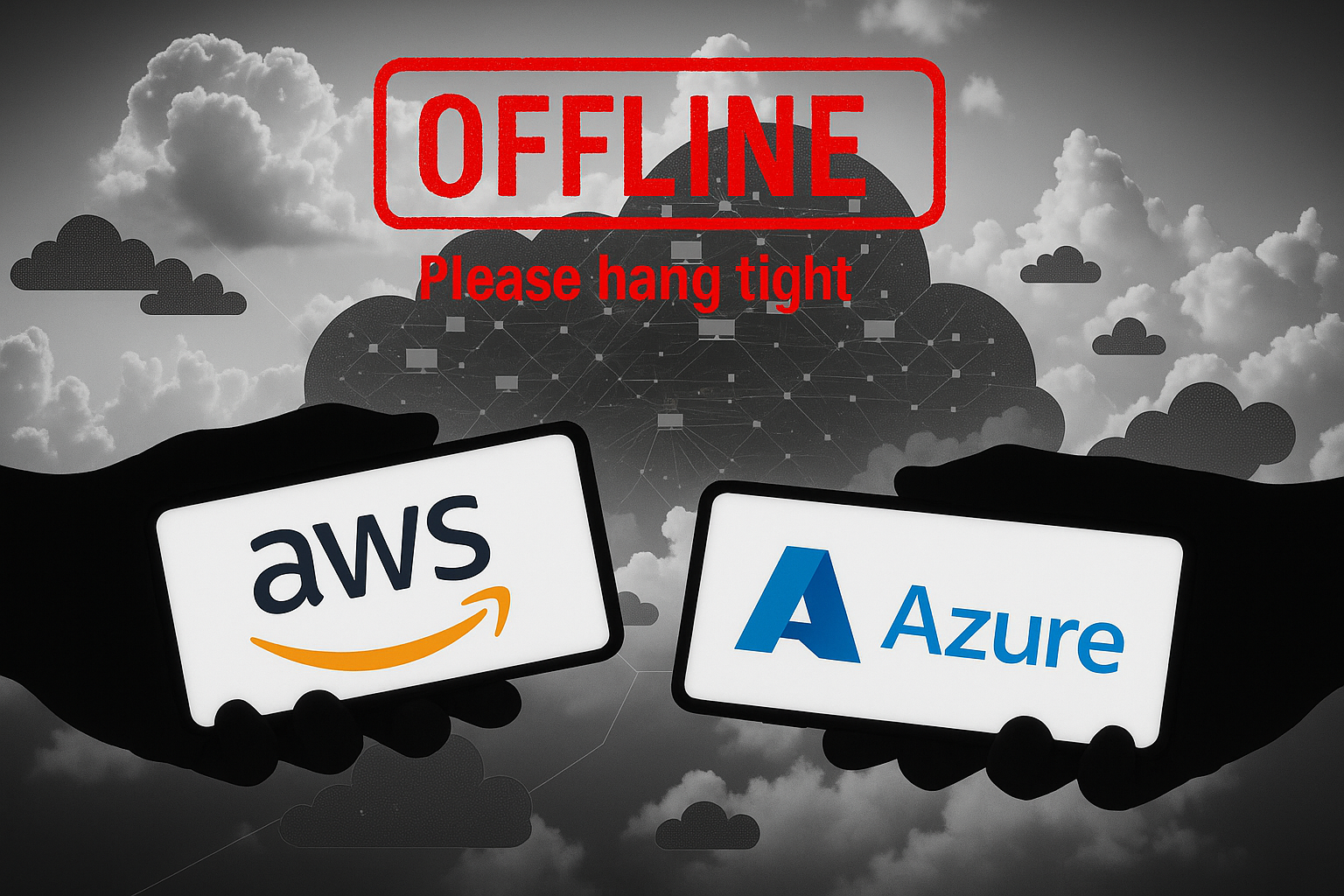
"The downtime forced companies of all shapes and sizes to stop working or rely on alternatives. Apart from all the hassle this caused, monetary damages started piling up too. What are the costs for organizations that have embraced the public cloud, only to see it go offline? And how can you reduce those costs, if at all? Workers around the world are increasingly affected by cloud outages. They are practically unavoidable."
"The AWS US-EAST-1 region was knocked out by a DNS error, Azure went offline last night due to a CDN problem, and two years ago, a fire at a Paris location led to three weeks of limited service for Google Cloud customers. They all lead to roughly the same problem: downtime. Partial downtime is more common, with a single application going offline, for example."
Cloud-provider outages force organizations to halt operations or switch to alternatives and generate monetary damages. Outages are increasingly common and arise from varied causes such as DNS errors, CDN failures, and physical incidents like data-center fires. Outages present as partial downtime, often affecting single applications, or as complete downtime that prevents organizations from performing core tasks. Many organizations have completed the transition to public cloud and lack on-premises infrastructure, increasing exposure to provider failures. Downtime costs can escalate rapidly and impose significant impact on large enterprises and their workers.
Read at Techzine Global
Unable to calculate read time
Collection
[
|
...
]